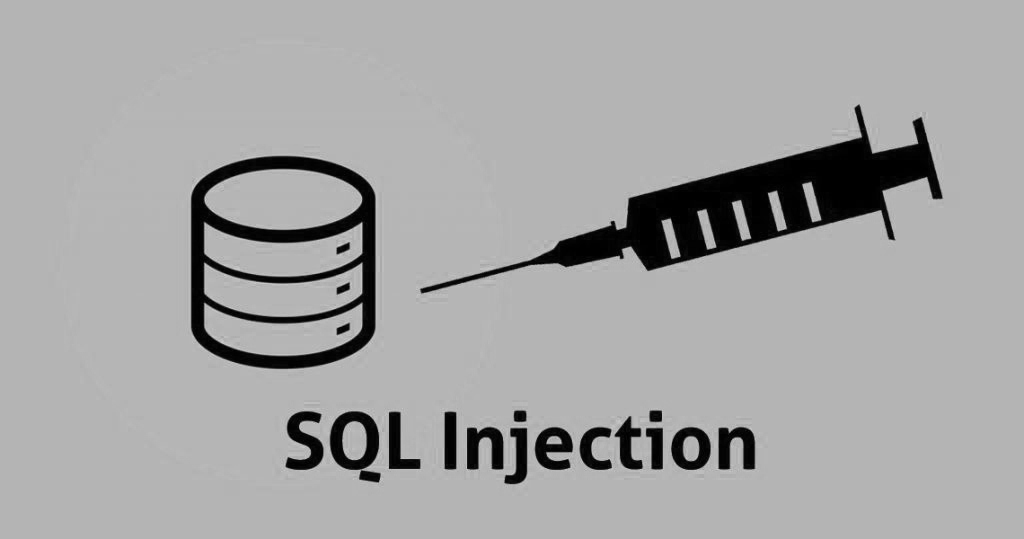Code and SQL injection attacks

SQL-Injection
This is a common attack vector that uses malicious SQL code for backend database manipulation to access information that was not intended to be displayed. SQL Injection (SQLi) is a type of an injection attack that makes it possible to execute malicious SQL statements. These statements control a database server behind a web application. Attackers can use SQL Injection vulnerabilities to bypass application security measures. They can go around authentication and authorization of a web page or web application and retrieve the content of the entire backend SQL database. They can also use SQL Injection to add, modify, and delete records in the database. SQL Injection vulnerability may affect any website or web application that uses an SQL database such as MySQL, Oracle, SQL Server, or others. Criminals may use it to gain unauthorized access to users’ sensitive data: customer information, personal data, trade secrets, intellectual property, and more. SQL Injection attacks are one of the oldest, most prevalent, and most dangerous web application vulnerabilities.
Types of SQL Injections:
SQL injections typically fall under three categories: In-band SQLi (Classic), Inferential SQLi (Blind) and Out-of-band SQLi.
In-band SQLi: The attacker uses the same channel of communication to launch their attacks and to gather their results. In-band SQLi’s simplicity and efficiency make it one of the most common types of SQLi attack. There are two sub-variations of this method:
– Error-based SQLi — the attacker performs actions that cause the database to produce error messages. The attacker can potentially use the data provided by these error messages to gather information about the structure of the database.
– Union-based SQLi —this technique takes advantage of the UNION SQL operator, which fuses multiple select statements generated by the database to get a single HTTP response. This response may contain data that can be leveraged by the attacker.
Inferential (Blind) SQLi
The attacker sends data payloads to the server and observes the response and behavior of the server to learn more about its structure. This method is called blind SQLi because the data is not transferred from the website database to the attacker, thus the attacker cannot see information about the attack in-band. Blind SQL injections rely on the response and behavioral patterns of the server so they are typically slower to execute but may be just as harmful. Blind SQL injections can be classified as follows:
– Boolean —that attacker sends a SQL query to the database prompting the application to return a result. The result will vary depending on whether the query is true or false. Based on the result, the information within the HTTP response will modify or stay unchanged. The attacker can then work out if the message generated a true or false result.
– Time-based —attacker sends a SQL query to the database, which makes the database wait (for a period in seconds) before it can react. The attacker can see from the time the database takes to respond, whether a query is true or false. Based on the result, an HTTP response will be generated instantly or after a waiting period. The attacker can thus work out if the message they used returned true or false, without relying on data from the database.
Out-of-band SQLi: The attacker can only carry out this form of attack when certain features are enabled on the database server used by the web application. This form of attack is primarily used as an alternative to the in-band and inferential SQLi techniques. Out-of-band SQLi is performed when the attacker can’t use the same channel to launch the attack and gather information, or when a server is too slow or unstable for these actions to be performed. These techniques count on the capacity of the server to create DNS or HTTP requests to transfer data to an attacker.
You May also like these articles.



